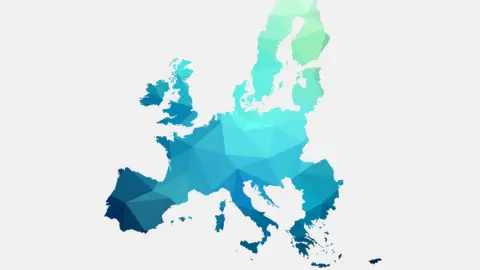Key events in developed markets next week
Data on the labour market, inflation and second quarter GDP as well as a host of PMI surveys will be the key releases next week, likely reflecting the impact of economies reopening. Signs of a V-shaped recovery are emerging in some markets but uncertainty still dominates
US: Uncertain employment prospects, flattening spending and rising Covid-19 cases
In the immediate wake of the Covid-19 lockdown the US economy lost 22 million jobs, but as the reopening got underway through May and accelerated in June and July, 9.3 million of those jobs have since been clawed back. The market is looking for a further 1.5 million jobs to have been added in August, which would leave employment a net 11.4 million lower than in February.
Unfortunately, we are a little more pessimistic. On the positive front, the Markit PMI numbers suggest a modest expansion in employment while the Census Bureau has reported that a net 240,000 temporary jobs were created by them for field operations in collating data for the 2020 Census. On the neutral front, the initial claims data has been moving gradually lower, while on the negative front, data from Homebase – a payroll tracking firm monitoring employment trends of around a million people employed in the small business sector - plateaued through July and the most recent data has suggested jobs have been shed. This was in response to renewed lockdowns as the number of Covid-19 cases started to rise again and state governors started to worry that their healthcare systems could struggle to deal with an influx of patients. With many small businesses forced to close again this has countered much of the more positive newsflow.
As such, we are looking for a more modest payrolls growth figure of 900,000. This means we also see some upside for the unemployment rate, particularly with uncertainty over the Federal government unemployment benefit boost likely incentivising some people to start looking for work more actively. Remember that under the current rules you do not have to be looking for work to claim unemployment benefits, but you need to do so to be counted as officially unemployed. A rise in the participation rate would therefore likely mean the unemployment rate remains stable despite a rise in employment.
This would offer further evidence of a plateauing in the US recovery, a belief that is also supported by the daily data on credit and debit card transactions produced by www.tracktherecovery.org. It suggests that the level of spending has largely flatlined since June with the latest consumer confidence suggesting anxiety over rising Covid cases, the cuts to unemployment benefit payments and worries about employment prospects. We will also be watching the ISM reports to see how medium and large size firms are coping, but given they are currently under less constraint than small businesses, they should continue to tell a positive story.
Developed Markets Economic Calendar

Download
Download article
28 August 2020
Our view on next week’s events This bundle contains 3 ArticlesThis publication has been prepared by ING solely for information purposes irrespective of a particular user's means, financial situation or investment objectives. The information does not constitute investment recommendation, and nor is it investment, legal or tax advice or an offer or solicitation to purchase or sell any financial instrument. Read more
